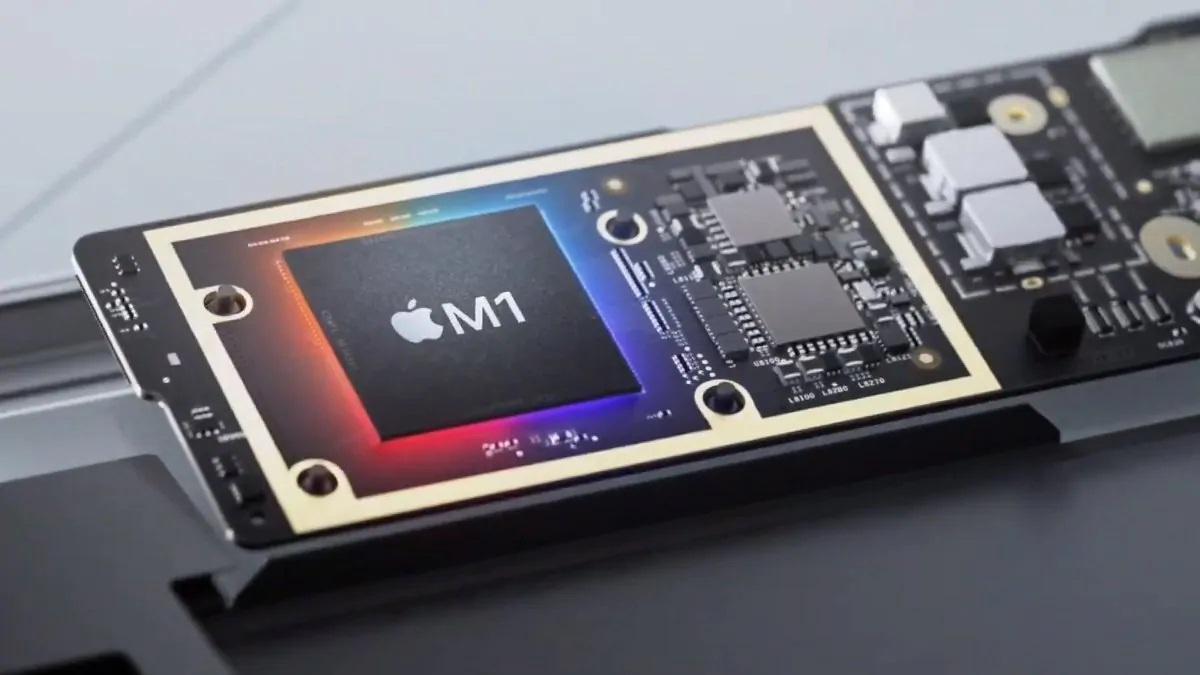
Microsoft Windows 10 apparently runs significantly faster on Apple devices that have the new Apple M1 System on a Chip (SoC). The MS Office maker’s graver concern is that the Microsoft SQ2 ARM CPU, which powers the Surface Pro X, is left behind.
Microsoft should now be worried because Apple’s own M1 chip, which essentially contains an ARM CPU, is able to run Windows 10 better and faster. The discovery is profound because Microsoft recently launched its own computer, the Surface Pro X, which houses an ARM-based CPU.
Windows 10 on ARM runs faster on Apple M1 chips than it does on Microsoft’s own SQ2 ARM CPU
The Windows 10 on ARM or WoA is a special fork of the popular Windows 10 operating system. As the name implies, it is designed to run reliably on ARM Architecture.
To date, Windows 10 has run on x86 chips that Intel and AMD make. The CPUs from these reputed companies have been ensuring desktop computers around the world are able to run Windows 10. ARM also makes processors but they were predominantly meant for the smartphone and IoT market.
Who said Windows wouldn’t run well on #AppleSilicon? It’s pretty snappy here
. #QEMU patches for reference: https://t.co/qLQpZgBIqI pic.twitter.com/G1Usx4TcvL
— Alexander Graf (@_AlexGraf) November 26, 2020
ARM chips weren’t designed to accept and run Windows OS. But Microsoft has been tweaking Windows 10 to run on ARM chips. Incidentally, Apple Inc. too has been reworking its macOS to work on ARM chips.
It just so happens that the new Apple M1 chips are based on ARM Architecture. Hence, technically they can run both macOS and Windows 10 on ARM OS. Moreover, as developer Alexander Graf proved, the M1 chips even leave behind Microsoft’s own ARM-based SQ2 chips that power the company’s latest Surface Pro X device.
Apple M1 chip Vs. Microsoft SQ2 CPU
Developer Alexander Graf has tweeted about WoA running faster on Apple’s M1 chip. He even posted some Geekbench 5 results that corroborate the claims. The Tweets highlight the difference between the Apple and Microsoft ARM processors.
The developer mentioned that he used virtualization technique instead of emulation. He used QEMU software which was spruced up with some patches to get Windows 10 on ARM running on the M1 chip.
Some GeekBench* scores, not yet tuned (like topology and whatever) about Windows on M1:
GB5 https://t.co/ifUGPnpTDI
GB4 aa64 https://t.co/jpCfcNlRRc
GB4 XtaJIT (x86) https://t.co/nfUImwJmz8*: I don’t like GB for technical reasons, but the score is provided for curiosity
— Sunshine Biscuit at scale
(@imbushuo) November 28, 2020
Attempting to explain his methodology, Graf observed, “It’s native ARM. Running the Windows ARM64 Insider Preview virtualized through Hypervisor framework. No emulation involved.”
v2 of my Hypervisor.framework QEMU patches are on the mailing list. All known issues of the first one are resolved. It no longer eats all your CPU for example.
Now, who’s up for the task to make it easy to consume for people who just want to run VMs?https://t.co/vMgGplRo5j pic.twitter.com/MX1DZlneux
— Alexander Graf (@_AlexGraf) November 30, 2020
Windows 10 on ARM OS on Apple M1 managed to score around 1,300 points in single-core tests on Geekbench 5, and about 5,400 points or so in multi-core tests. In comparison, Microsoft’s own SQ2 CPU running WoA scored about 800 points in single-core on Geekbench 5, and about 3000 points in multi-core.
Is Apple M1 chip better than Microsoft SQ2 CPU?
There’s no question that Apple has made a powerful processor. Moreover, the M1 is an SoC. It houses several components such as RAM, GPU, etc. depending on the configuration.
However, what makes the Apple M1 chip truly powerful is the fact that it uses Rosetta 2 technology. The tech translates or decode applications written for x86 Intel chips so they can run on the new ARM hardware. Apple had to use the tech because the x86 chips are still operational in existing MacBook computers that run macOS.


